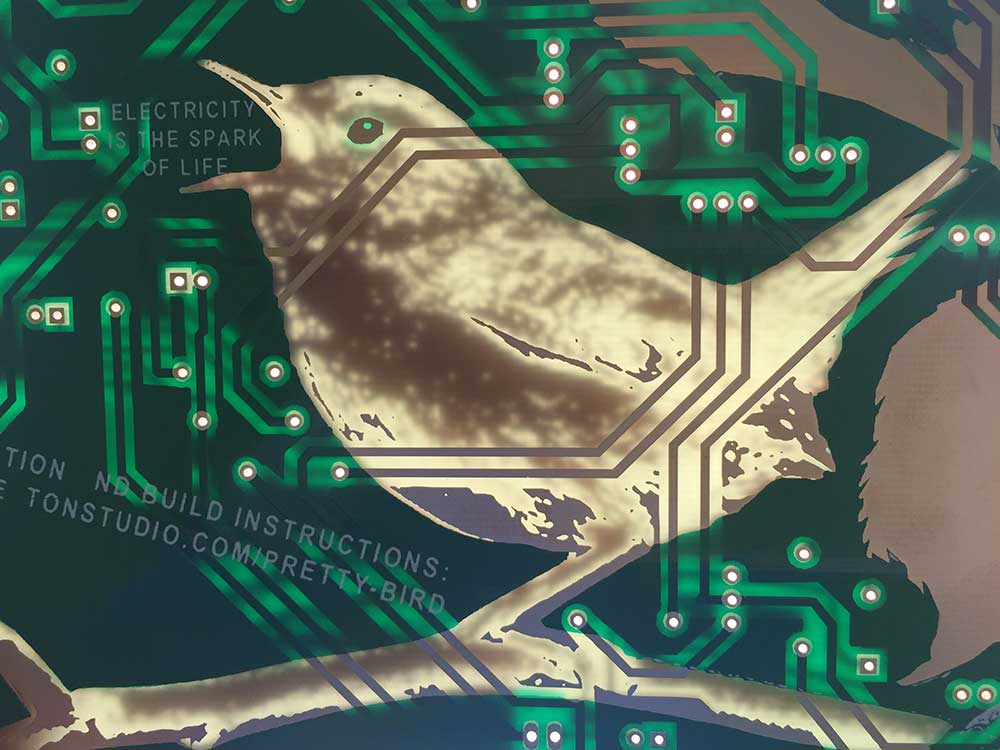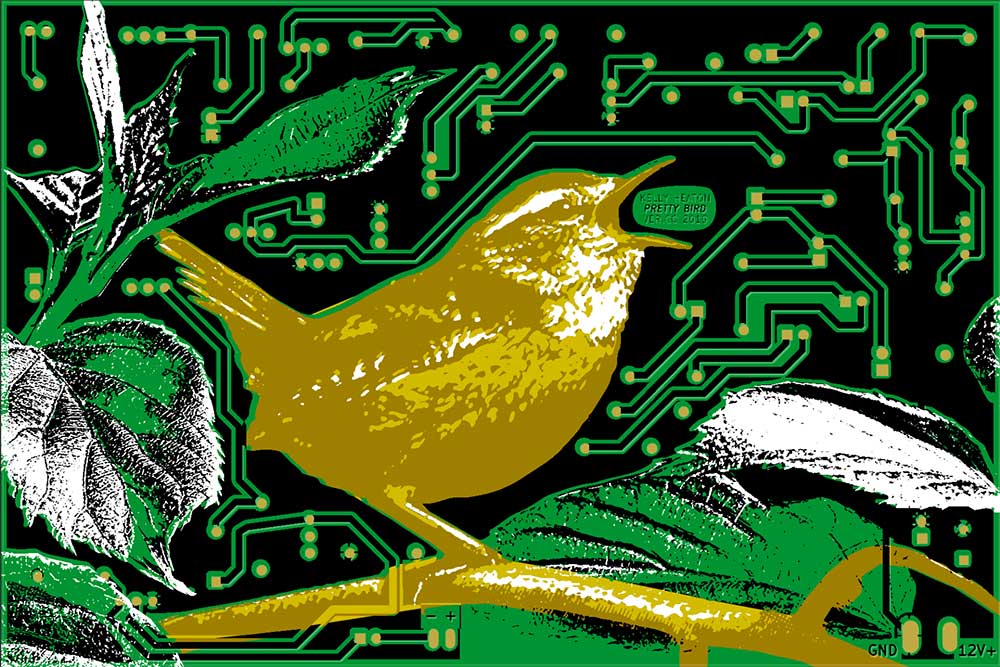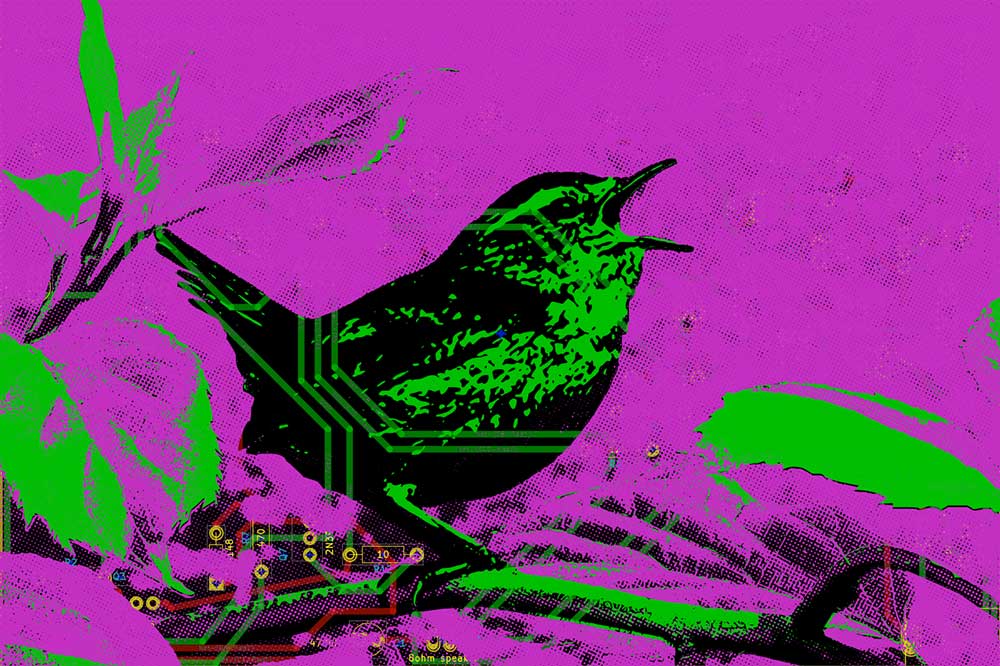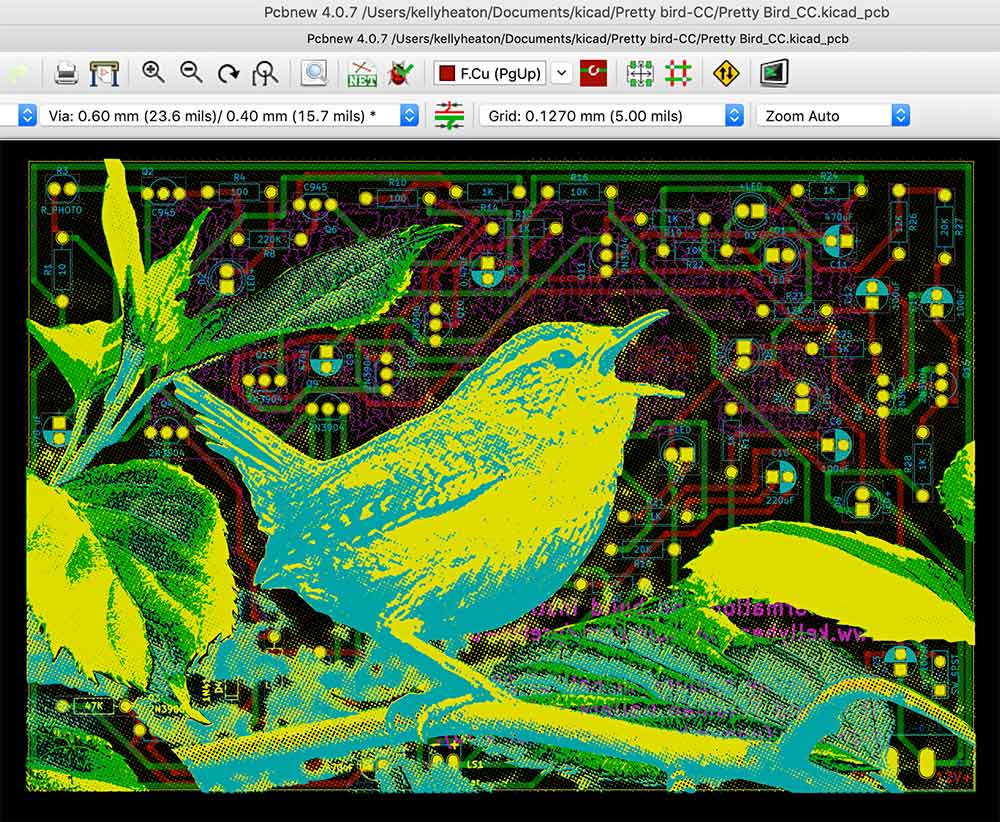I have spent the past five months working on a sculpture that required some serious engineering on my part, a task that I managed to accomplish by hyper-focusing and pushing myself through many days at my electronics bench. Meanwhile, my lack of energy to make art with my spiritual and physical self has been injurious. A new friend thankfully reminded me that I need these other facets of myself if I am to survive. Suddenly, I regained attention for the magical objects that I keep on display above my electronics workspace. These protectors and power objects became visible to me again after a blindness that I self-inflicted with my own mental intensity. It’s amazing how a shift in consciousness can instantly remove the wool from our eyes — the most dangerous form of blindness is not an optical condition, but a compromised state of mind.
I wish that hardcore stunts of engineering were possible (for me) without a serious bias for thinking (instead of feeling), but that’s just not the case… not yet. I need more practice in order to achieve a greater virtuosity and grace, but that’s the work of a lifetime I suppose. Anyway, now, as I approach the end of my latest intellectual challenge, I’m grateful that a restoration of balance is on my horizon.














